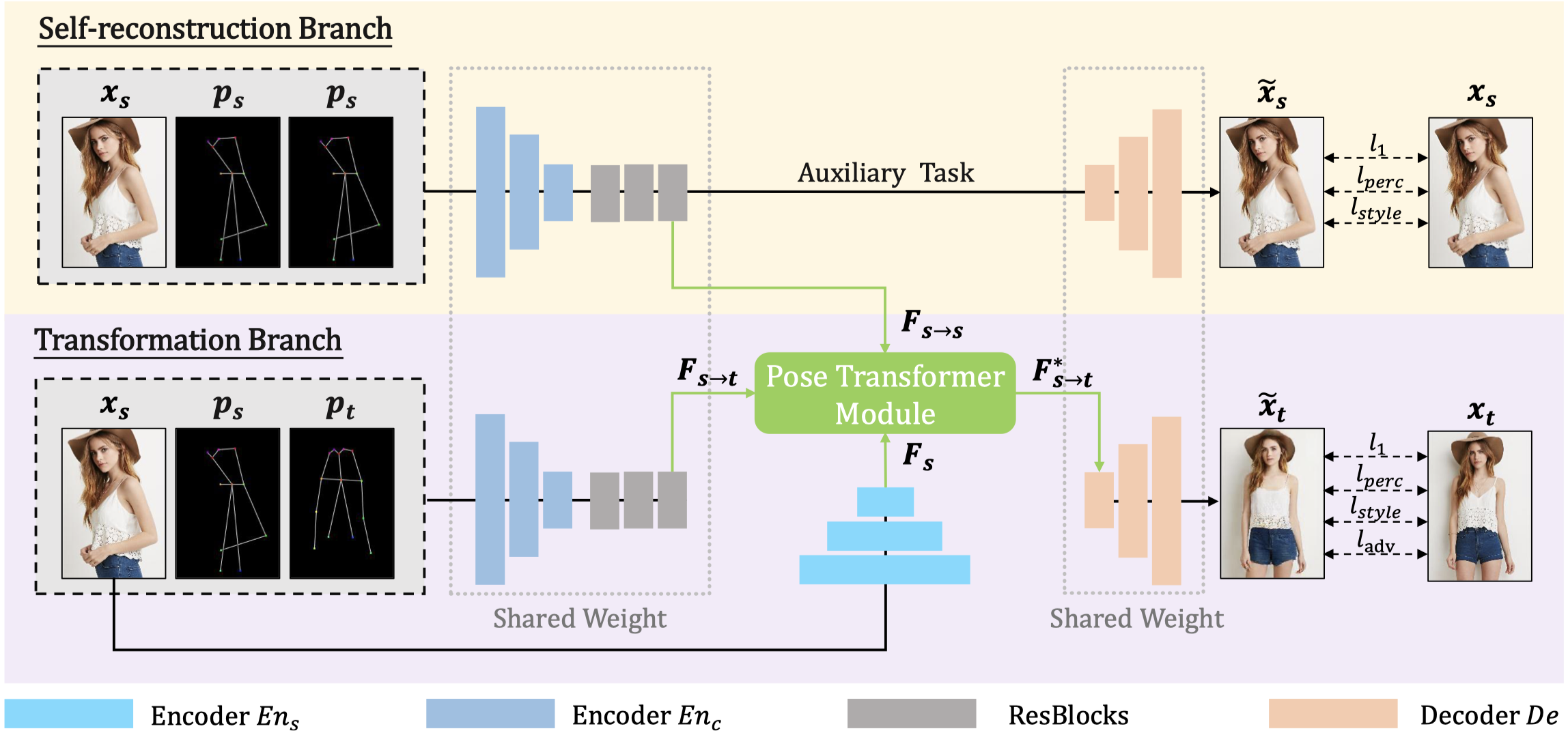DVG-Face: Dual Variational Generation for HFR
This repo is a PyTorch implementation of DVG-Face: Dual Variational Generation for Heterogeneous Face Recognition, which is an extension version of our previous conference paper. Compared with the previous one, this version has more powerful performances.
Prerequisites
- Python 3.7.0 & PyTorch 1.5.0 & Torchvision 0.6.0
- Download LightCNN-29 [Google Drive] pretrained on MS-Celeb-1M.
- Download Identity Sampler [Google Drive] pretrained on MS-Celeb-1M.
- Put the above two models in
./pre_train
Train the generator
train_generator.py: Fill out options of '--img_root' and '--train_list', which are the image root and training list of the heterogeneous data, respectively. An example of the training list:
NIR/s2_NIR_10039_001.jpg 232
VIS/s1_VIS_00134_010.jpg 133
NIR/s1_NIR_00118_011.jpg 117
Here we use 'NIR' and 'VIS' in the training list to distinguish the modalities of images. If your list has other distinguishable marks, please change them correspondingly in ./data/dataset.py (lines 28, 38, 66, and 68).
python train_generator.py --gpu_ids 0
Generate images from noise
gen_samples.py: Fill out options of '--img_root' and '--train_list' that are the same as the above options.
python gen_samples.py --gpu_ids 0
The generated images will be saved in ./gen_images
Train the recognition model LightCNN-29
train_lightcnn.py: Fill out options of 'num_classes', '--img_root_A', and '--train_list_A', where the last two options are the same as the above options.
python train_ligthcnn.py --gpu_ids 0,1
Citation
If you use our code for your research, please cite the following papers:
@article{fu2021dvg,
title={DVG-face: Dual variational generation for heterogeneous face recognition},
author={Fu, Chaoyou and Wu, Xiang and Hu, Yibo and Huang, Huaibo and He, Ran},
journal={IEEE TPAMI},
year={2021}
}
@inproceedings{fu2019dual,
title={Dual Variational Generation for Low-Shot Heterogeneous Face Recognition},
author={Fu, Chaoyou and Wu, Xiang and Hu, Yibo and Huang, Huaibo and He, Ran},
booktitle={NeurIPS},
year={2019}
}





